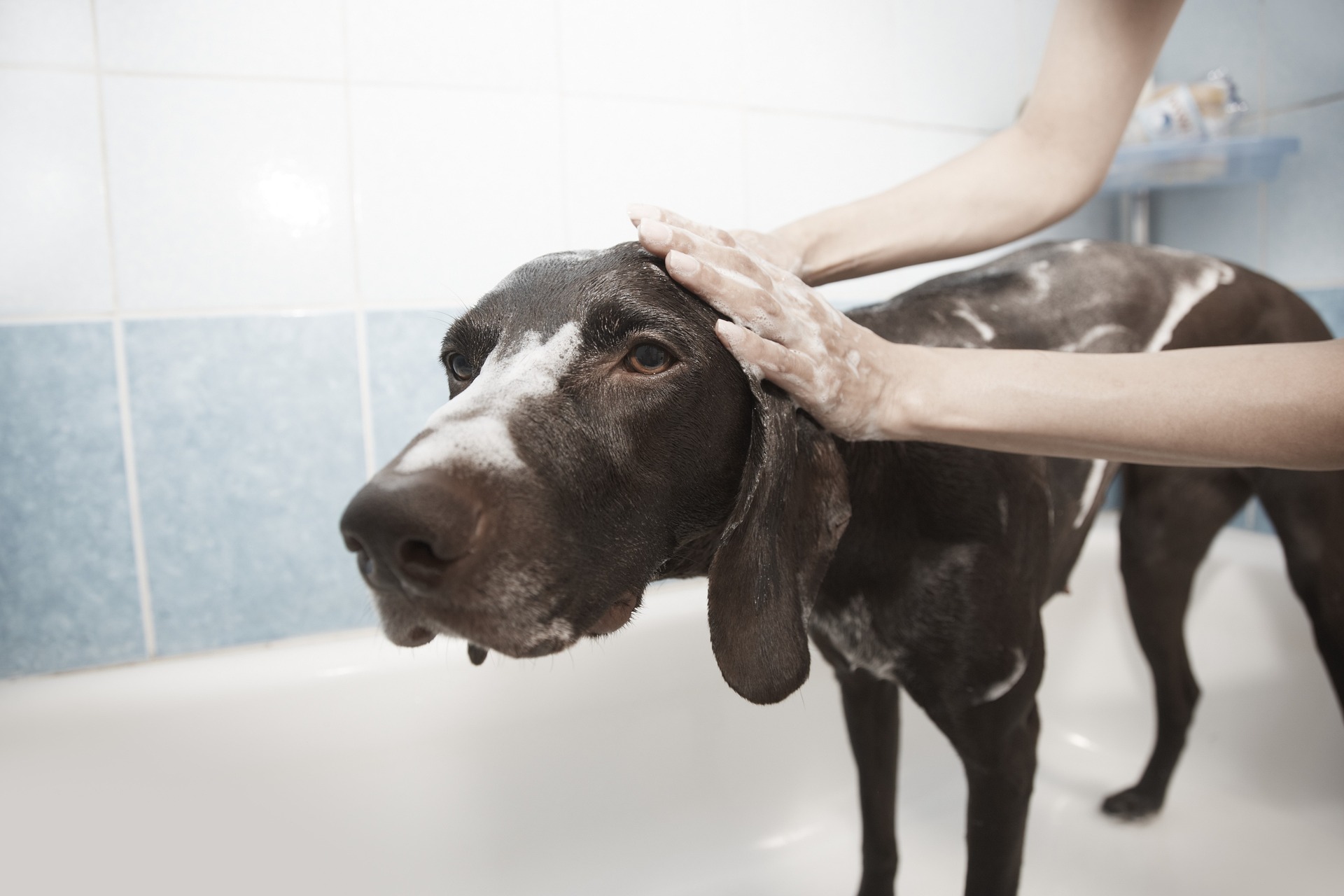Recognizing Early Signs of Flea Infestations in Pets
Catching a flea problem early reduces discomfort for pets and limits spread around the home. Noticeable changes like new scratching habits, small dark specks on the coat, or patches of irritated skin can be early signals. This short overview outlines what to look for and practical steps to begin addressing an infestation.
Pets can show subtle clues when fleas are starting to appear; catching these signs early helps limit discomfort and household spread. Look for changes in behavior such as increased scratching, restlessness, or sudden grooming in specific areas. Visual checks and routine monitoring of bedding, carpets, and upholstery make it easier to detect both live fleas and flea dirt. Early attention to these signals supports better skin health and reduces the chance that a small problem becomes a full household infestation.
Common flea signs and monitoring
Frequent scratching, biting at the base of the tail, or rubbing against furniture are common early behaviors suggesting flea presence. Part the fur around the neck, behind the ears, and along the lower back to look for tiny dark specks (flea feces) or fast-moving adults. Monitoring should be consistent: inspect your pet weekly and check areas they frequent. Use a fine-toothed flea comb during grooming to trap adults and reveal flea dirt, then wipe the comb on a damp white cloth to confirm. Regular monitoring helps distinguish flea-related itch from other causes like allergies.
How infestations affect skin health
Flea bites can produce redness, small bumps, and scabbing from persistent scratching, which may lead to secondary bacterial infections. Some animals develop flea allergy dermatitis, where even a few bites cause intense itching, hair loss, or generalized irritation. Watch for localized hair thinning, scabs, or hot spots in common flea-targeted zones such as the tail base, abdomen, and inner thighs. Maintaining good skin health requires prompt attention to these signs and measures to reduce ongoing exposure to fleas in both the pet and the environment.
Understanding the lifecycle and seasonal patterns
Fleas progress through egg, larva, pupa, and adult stages; eggs and larvae live primarily in the environment, so infestations persist even when few adults are visible on the pet. Pupae can remain dormant and hatch when conditions are favorable, which helps explain sudden flare-ups. Seasonal trends often show higher activity in warm, humid months, but indoor heating can allow year-round problems. Knowing the lifecycle guides timing for environmental cleaning and repeated treatments to break reproduction cycles and reduce reinfestation risk.
Environment cleaning, hygiene, and grooming
Thorough hygiene and targeted cleaning limit places where eggs and larvae develop. Vacuum carpets, rugs, and furniture frequently, and launder pet bedding in hot water to remove eggs and larvae. Steam cleaning upholstery or carpets can be helpful in heavy infestations. Regular grooming with a flea comb removes adults and flea dirt while allowing close inspection of the coat. Outdoor steps, such as keeping grass trimmed and removing debris, reduce habitat for fleas that can later move onto pets and into the home environment.
Prevention, repellents, and vet care options
Preventive products include topical treatments, oral medications, collars, and environmental sprays; repellents can deter fleas but vary in suitability by pet. Your veterinarian can recommend safe and effective options based on your pet’s age, weight, medical history, and local parasite pressure. Combining a veterinary-approved preventive with environmental controls offers the most reliable approach to avoid reinfestation. Follow product directions and schedule repeat doses as recommended to maintain continuous protection.
Ongoing monitoring and when to seek veterinary care
Continue monitoring after starting treatment to ensure the infestation is declining; because of the lifecycle, full resolution can take several weeks. Seek veterinary care if itching persists, the skin appears infected, or signs of systemic illness such as lethargy or pale gums develop. A veterinarian can evaluate for anemia, secondary infections, or other underlying causes, and advise on follow-up treatments or additional diagnostics. Establish a monitoring routine to spot recurrence early and to adjust prevention strategies as needed.
This article is for informational purposes only and should not be considered medical advice. Please consult a qualified healthcare professional for personalized guidance and treatment.
In closing, recognizing early signs of fleas depends on attentive monitoring of behavior and coat condition, combined with good grooming, environmental hygiene, and appropriate preventive measures. Timely identification and coordinated vet care help protect your pet’s skin health and reduce the chance that a small infestation becomes a household problem.







